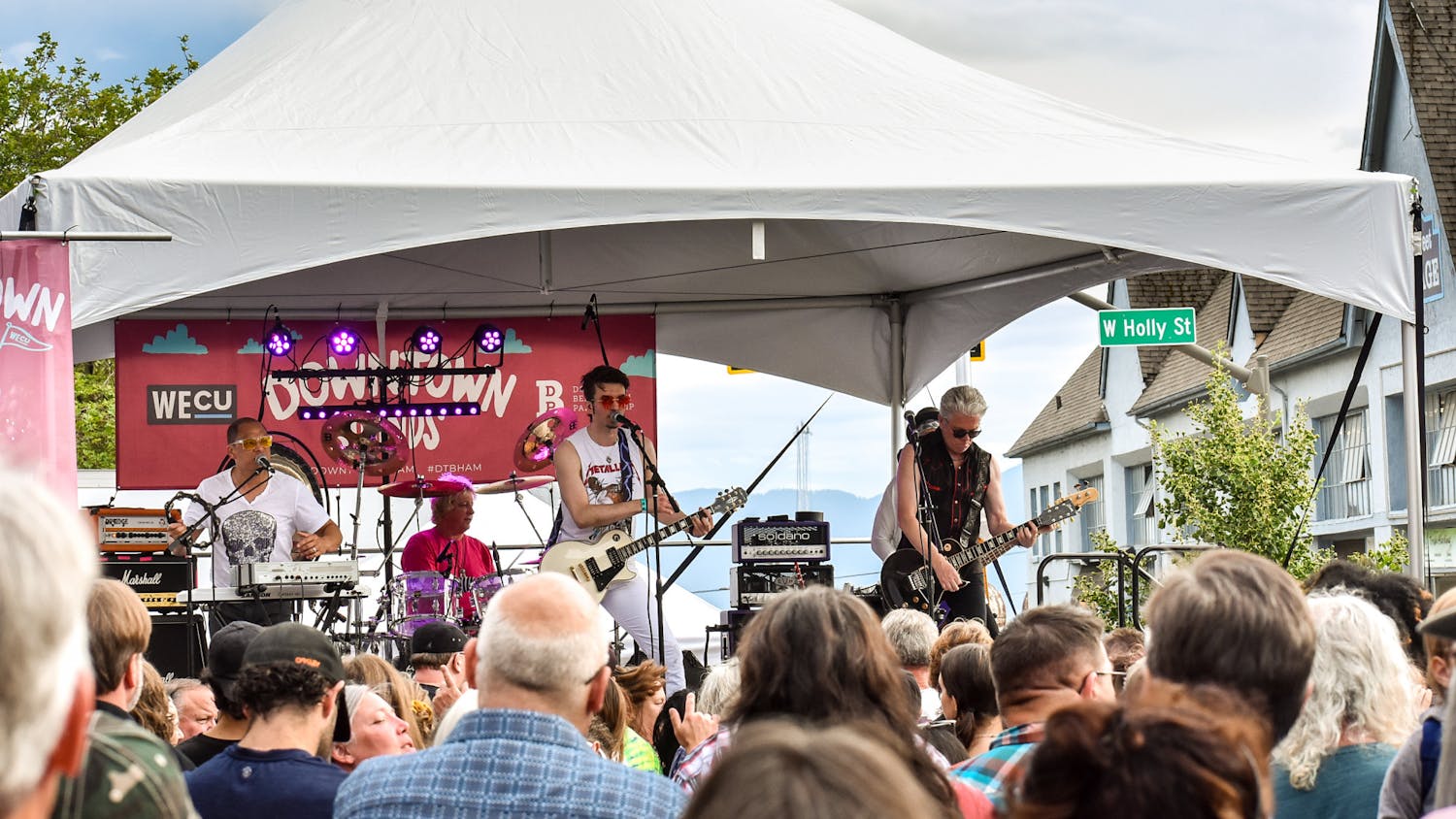Pride Month is coming to a close, and some may be wondering how to support the LGBTQ+ community. Film is a way to learn more about the issues surrounding the community, while also taking a stand and telling film production companies that creating media about the LGBTQ+ community is important, particularly after the nomination and win of “Moonlight” at the Academy Awards this year which made it the first film with an LGBTQ+ lead and all-black cast to win Best Picture. In more recent years, GLAAD, the Gay & Lesbian Alliance Against Defamation, has conducted a five-year study showing the steady progress of LGBTQ+ characters being represented in movies. In 2012, of the 101 movies released in the United States, only 14 included LGBTQ+ representation. When compared to 2016, there were 23 LGBTQ+ characters in the 125 major studio releases. While major studios are making progress, independent production companies like A24, the studio behind “Moonlight,” have taken the lead when it comes to inclusivity. To understand what positive LGBTQ+ representation in film means, a brief history of film and film censorship is needed. During the rise of talkies, films with sound, in the 1920s, there was an increase in high-profile scandals in Hollywood that prompted studio heads to create the Motion Picture Producers and Distributors of America in 1921. They hired Will Hays, a former postmaster general and public relations practitioner, as the president of the organization to regulate Hollywood’s business affairs and official communications. Hays felt films didn’t reflect the morals of what he considered the average American and helped create the Motion Picture Production Code, also known as the Hays Code, in March 1930. “No picture shall be produced which will lower the moral standards of those who see it,” the Hays Code said. “Hence the sympathy of the audience should never be thrown to the side of crime, wrongdoing, evil or sin.” One large aspect of the code was to not harm the sanctity of marriage, so films with scenes seen as depicting sexual perversion, adultery and scenes of passion could not be included unless they were presented in a negative way. LGBTQ+ relationships would be considered sexual perversion under the code, and was forbidden from being shown. However, when looking at films from the time, an observant viewer could see how studios got around these new moral standards. Films like “Rebel Without a Cause” and “Suddenly, Last Summer” became well known for their use of dialogue and scene setup to create characters that could be read as being gay, but didn’t directly go against Hays’ Production Code. The Hays Code was finally abandoned in 1967 in favor of the Motion Picture Association of America’s rating system that is still in place to this day. LGBTQ+ representation didn’t improve during this time though, with films choosing to rely on negative stereotypes instead of focusing on positive reflections of everyday life. “Cruising,” a film starring Al Pacino released in 1980, was protested by gay rights activists for its plot involving a serial killer who targeted gay men. During the 1990s, film scholar B. Ruby Rich coined a new genre of film, New Queer Cinema. These films were often politically charged and made possible through the camcorder, a cheaper option for new filmmakers over the traditional and more expensive cameras used in Hollywood. “Paris is Burning” is a documentary which came out in 1990 and explores the ball culture of New York City, where members of the LGBTQ+, Latinx and black communities gathered to express themselves in unique ways. It was and is considered controversial, as the director, Jennie Livingston, was a white, cisgender woman and many of the film’s subjects felt they deserved more of the profits Livingston made off of their participation in her film. Despite the issues surrounding it, the film has garnered a cult following and inspired a segment on the TV show, “RuPaul’s Drag Race.” Another movie that came out of this new genre was “The Watermelon Woman.” Directed and written by Cheryl Dunye, the film follows a black lesbian who works at a video rental store, also played by Dunye, as she explores Hollywood’s questionable relationship with black women and negative stereotypes. Major studios also released movies during this time, a couple of the most notable being Jonathan Demme’s “Philadelphia” starring Tom Hanks and Denzel Washington in 1993 and the 1996 Robin Williams and Nathan Lane “The Birdcage” directed by Mike Nichols. The next release that would inspire studios to include more LGBTQ+ characters in films would be Ang Lee’s “Brokeback Mountain” in 2005. Considered a box office success, the movie won awards from the Venice Film Festival, the Golden Globe Awards and the Academy Awards. Released in 2015 and filmed on an iPhone 5s, “Tangerine” featured two trans women actresses in the leading roles. The film had its debut at the Sundance Film Festival, and as Nigel Smith said in a review for the movie on The Guardian, “Tangerine” was brave in the way it presented its two main characters as fiercely individualistic trans women trying to survive the streets of Los Angeles. In recent months, “120 Beats per Minute” debuted at Cannes and documented the AIDS epidemic and gay life in 1990s France. In the U.S., “Rough Night,” with its ensemble cast that includes Scarlett Johansson, has a lesbian relationship that isn’t used in a comedic or otherwise degrading way. From where film started in the 1920s to the 1990s, where movies started to become more inclusive, there seems to be a positive trend happening where LGBTQ+ characters are finally getting representation that shows them in ways that aren’t stereotypes. All movies mentioned that were released before 2017 can be found on Netflix, Amazon or through Wilson Library.





